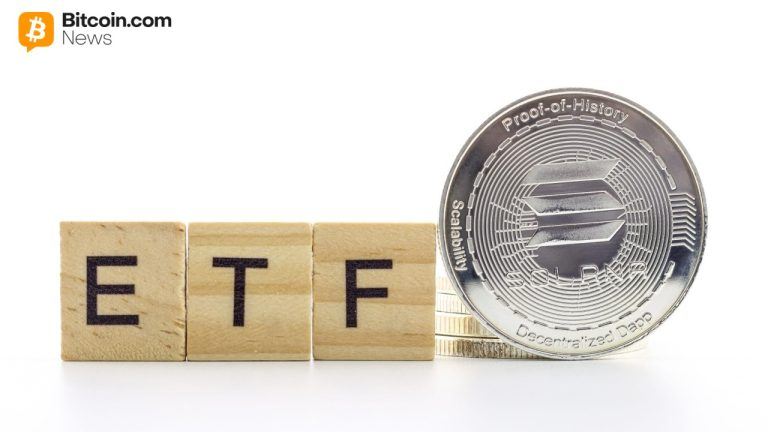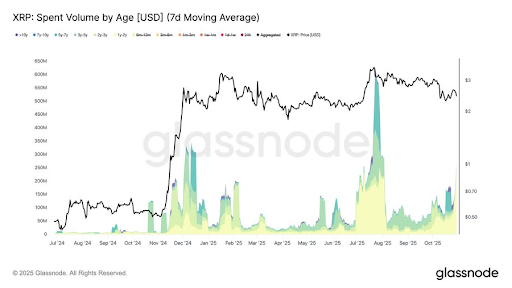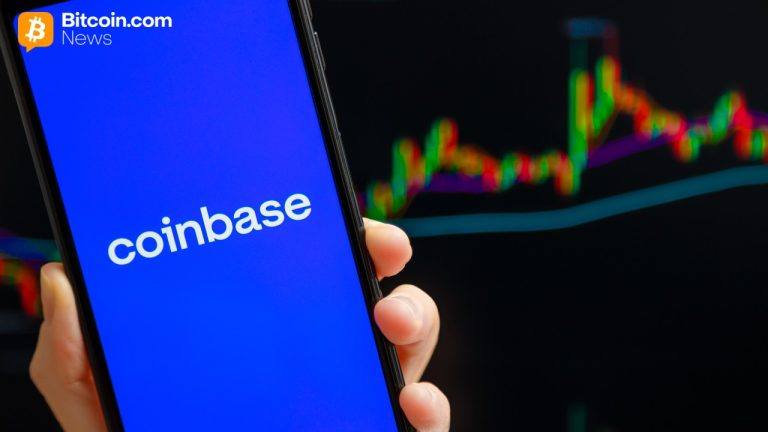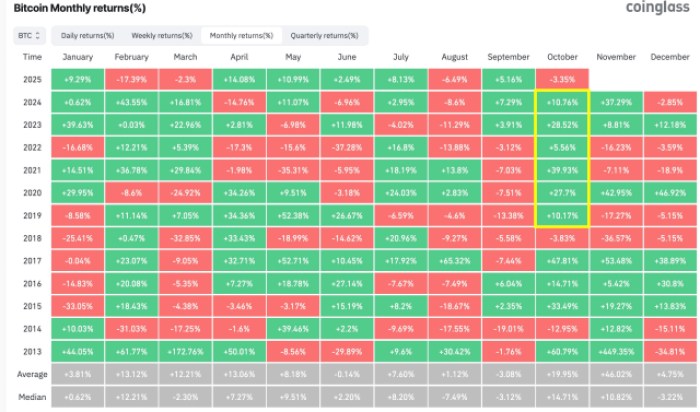The cybersecurity intricacies of Bitcoin have piqued the focused interest of the United States, particularly honing in on a vulnerability that surfaced with the Ordinals Protocol in 2022.
The National Vulnerability Database, overseen by the National Institute of Standards and Technology (NIST), a division of the US Department of Commerce, has officially pinpointed and flagged this concern for broader dissemination.
Central to this unfolding scenario is a particular susceptibility ingrained within the infrastructure of Bitcoin, pinpointed in specific iterations of both Bitcoin Core and Bitcoin Knots. This inherent weakness enables the circumvention of the data carrier limit by camouflaging data under the guise of code.
Are Bitcoin Ordinals A Threat?
Presently, meticulous examination is underway to delve into the vulnerability embedded within Bitcoin’s network. This vulnerability, once manifested, carries the potential consequence of inundating the blockchain with significant quantities of non-transactional data.
Such an influx of data has the capacity to substantially amplify the overall size of the network. The ripple effects of this scenario extend to adverse impacts on the network’s performance, introducing challenges that may compromise the efficiency of transactions and, concurrently, exert influence on transaction fees.
PSA: “Inscriptions” are exploiting a vulnerability in #Bitcoin Core to spam the blockchain. Bitcoin Core has, since 2013, allowed users to set a limit on the size of extra data in transactions they relay or mine (`-datacarriersize`). By obfuscating their data as program code,…
— Luke Dashjr (@LukeDashjr) December 6, 2023
When Bitcoin core developer Luke Dashjr called it a “vulnerability” that was polluting the blockchain, many became concerned. Afterwards, Dashjr disclosed that the bug concerns have been added to the US National Vulnerability Database under the CVE-2023-50428 designation.
The process of adding extra data to a particular satoshi—the smallest unit of Bitcoin—is known as an inscription. Digital content in the form of text, images, and other media can all be considered data. Every time information is appended to a satoshi, it is permanently incorporated into the Bitcoin blockchain.
I am on my flight home from Africa, where we shot another FTM in Ghana, Malawi and Kenya.
I have much to share regarding this trip, which I will do over various upcoming podcasts and films. I will say that I saw the best and worst of the world on this trip, from the beautiful… pic.twitter.com/enrdIfRmZ1
— Peter McCormack
(@PeterMcCormack) December 10, 2023
Inscriptions Debate Intensifies
Peter McCormack, a Bitcoin podcaster, provided additional context for the debate surrounding Ordinals. He stressed that these assets do nothing to help Bitcoin users since they only add to the system’s exorbitant fees.
Throughout 2023, the volume of Ordinals transactions repeatedly choked the Bitcoin network, raising competition for transaction confirmation and thus driving up fees and delaying processing times.
Restricting Ordinals inscriptions on the network is a possible outcome of patching the problem. When asked if the vulnerability will cause Ordinals and BRC-20 tokens to “cease being a thing,” Dashjr said, “Correct.” However, because the network is immutable, inscriptions that already exist would not change.
It is evident from NVD’s calculated action that government authorities are paying more and more attention to the security aspects of cryptocurrencies. It highlights the increased awareness and proactive steps that these organizations are doing to fully manage the changing environment of digital assets and the risks that go along with them without sacrificing strong security.
Meanwhile, the price of ORDI may be greatly impacted by the potential for Ordinals to be censored. LookOnChain reported earlier this week that a whale had dumped nearly 60,000 ORDI tokens, with a current market value of around $3.5 million, in response to Dashjr’s “vulnerability” statement.
Featured image from Shutterstock

You can get bonuses upto $100 FREE BONUS when you:
💰 Install these recommended apps:
💲 SocialGood - 100% Crypto Back on Everyday Shopping
💲 xPortal - The DeFi For The Next Billion
💲 CryptoTab Browser - Lightweight, fast, and ready to mine!
💰 Register on these recommended exchanges:
🟡 Binance🟡 Bitfinex🟡 Bitmart🟡 Bittrex🟡 Bitget
🟡 CoinEx🟡 Crypto.com🟡 Gate.io🟡 Huobi🟡 Kucoin.


















Comments